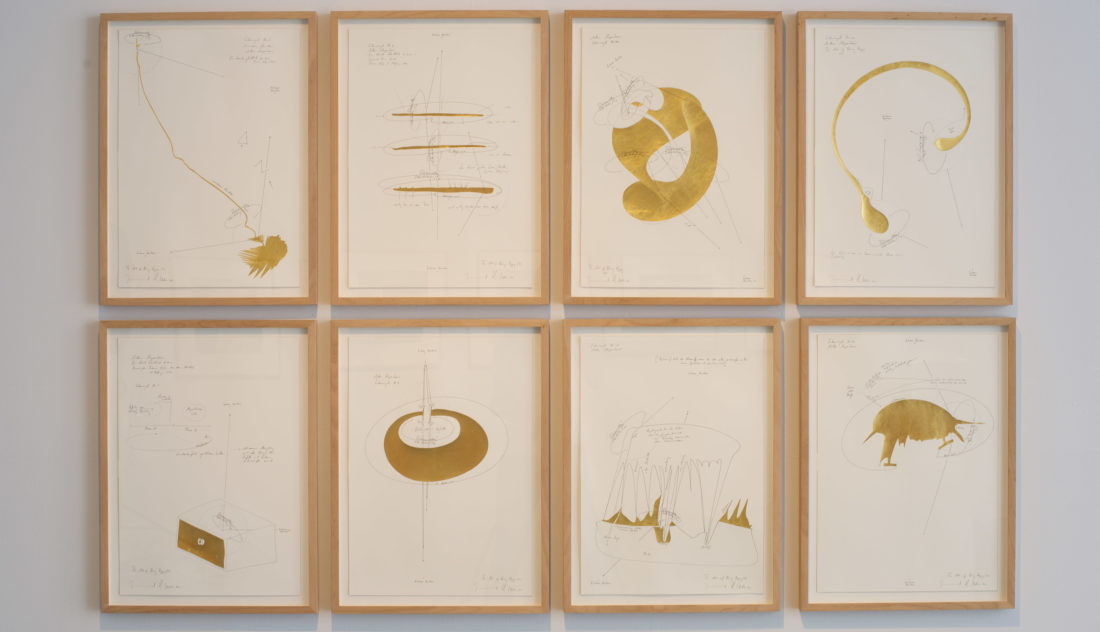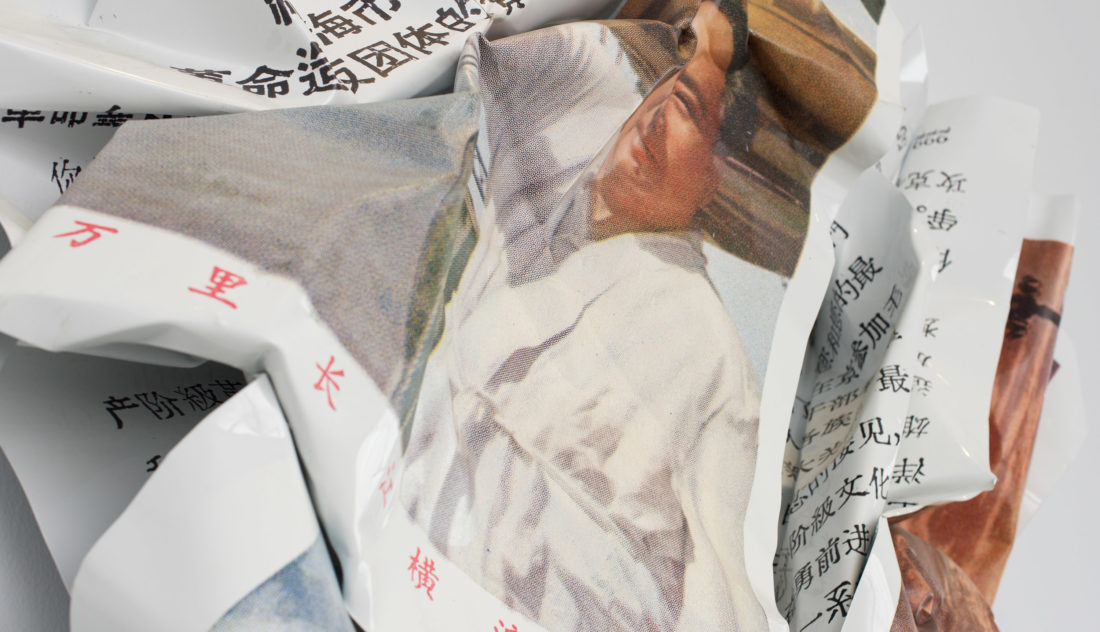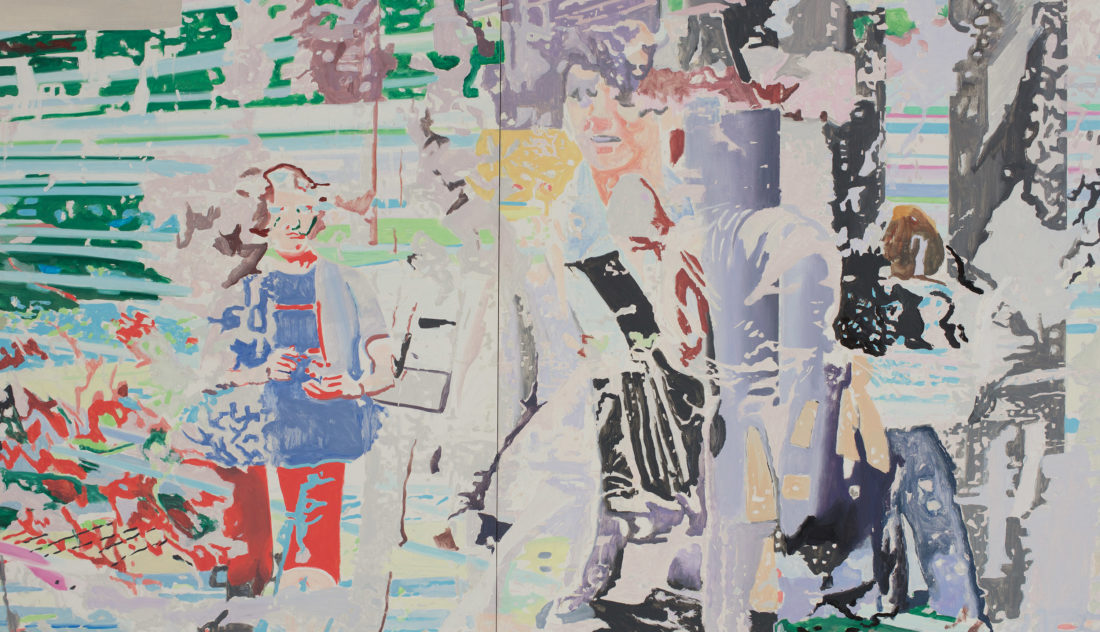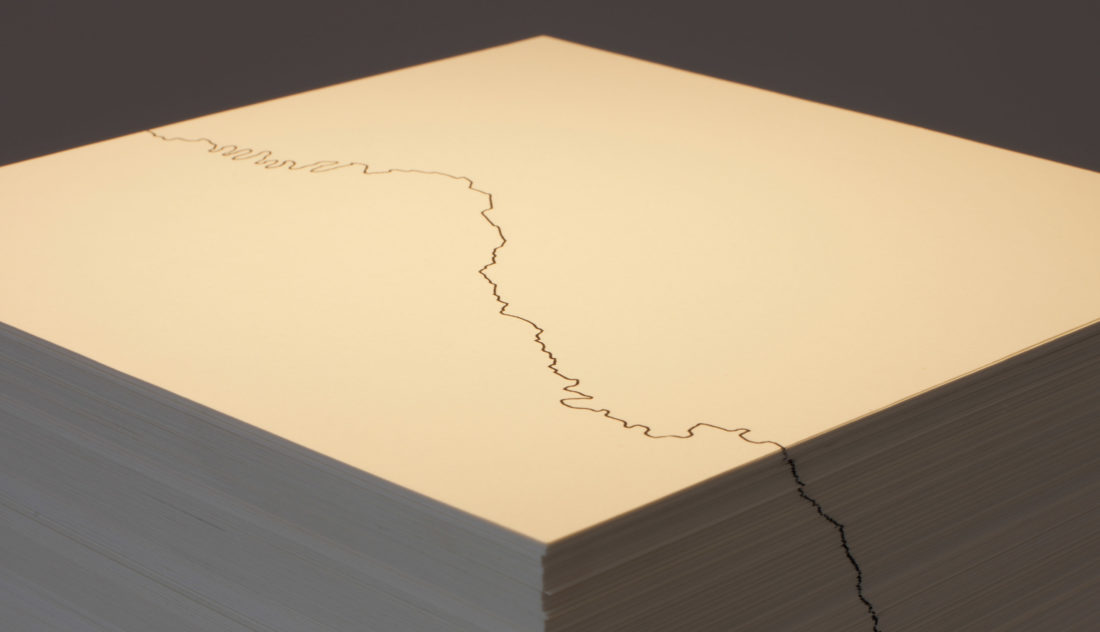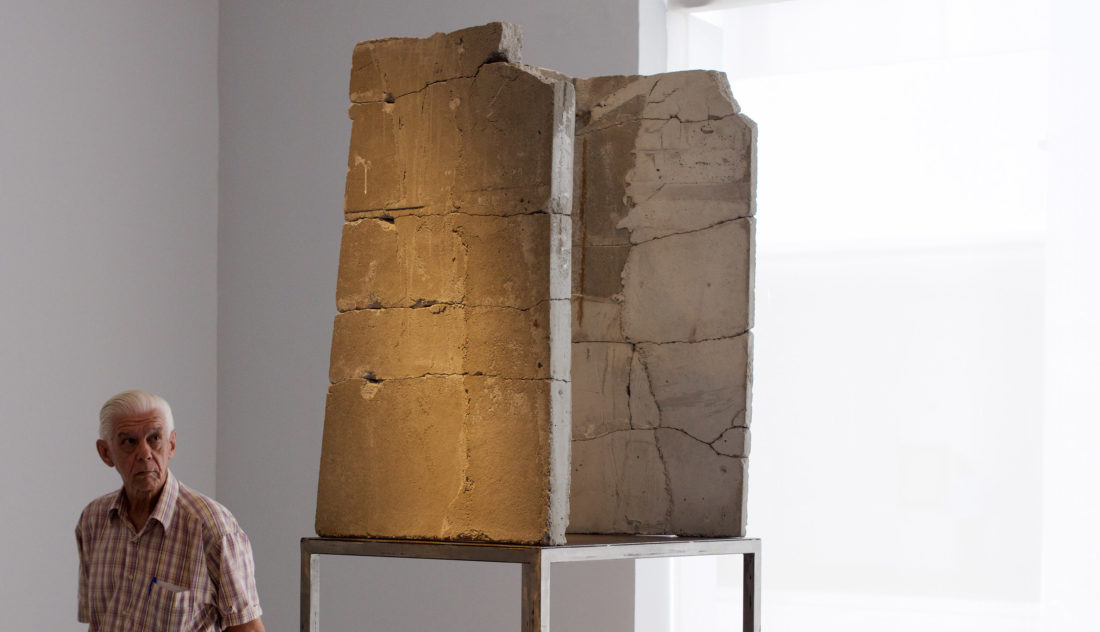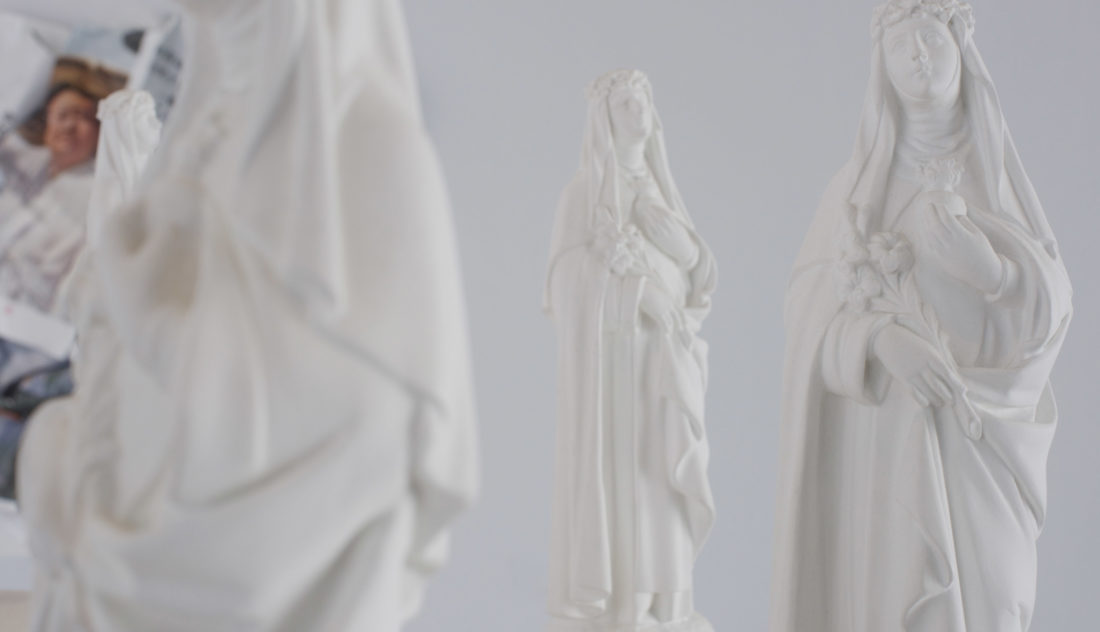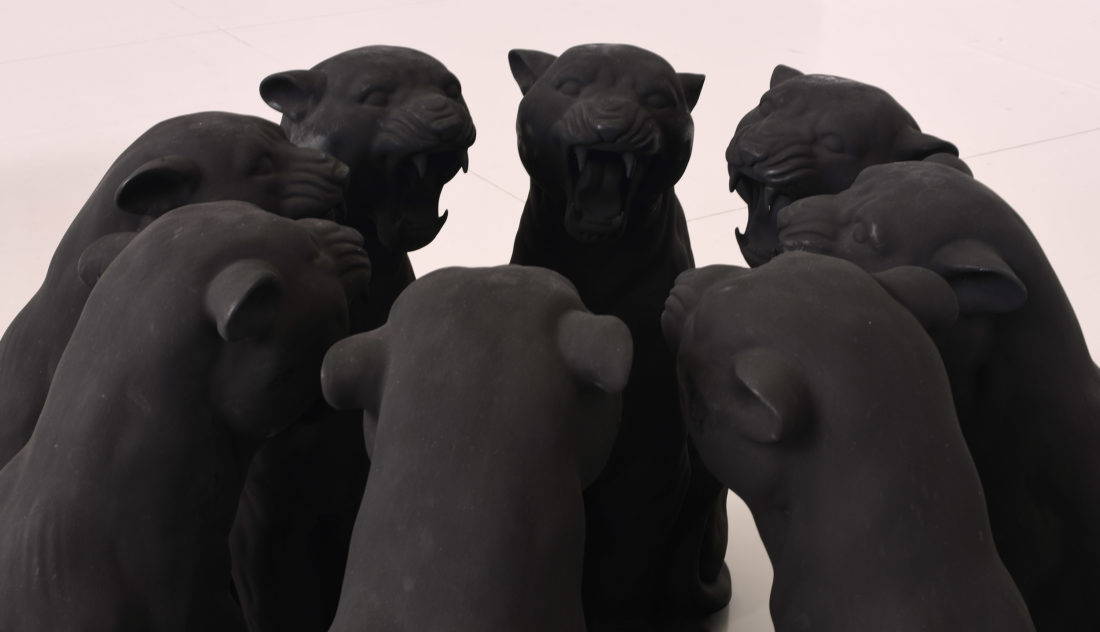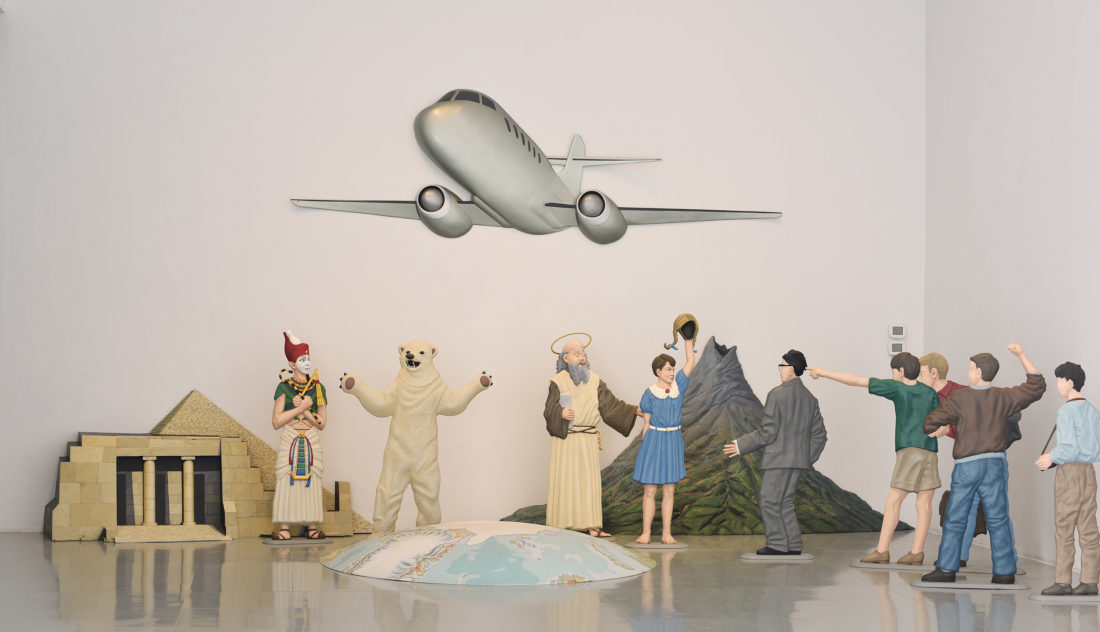Travelling around the world
Katharina Fritsch, Else (Twin Gabriel), Isa Genzken, Katharina Hinsberg, Candida Höfer, Martin Honert, Olaf Metzel, Karin Sander, Rosemarie Trockel, Jorinde Voigt & Corinne Wasmuht
From August 13, 2016 through February 12, 2017
MAZ & Instituto Cultural Cabañas present an overview of sixty years of German art from the ifa (Institut für Auslandsbeziehungen) collection in Stuttgart. The exhibition at this venue focuses on the contemporary situation, with works from the 1980s until the present day. The return of non-naïve, post-conceptual figuration and the increasing number of women artists who play an influential role are characteristics of the German art scene today. Installation and sculptural approaches remain part of the pluralistic pattern of contemporary practice. This generation has distanced itself from the heroic burden of the grand masters of postwar German art in an intellectual yet at the same time humorous way.
Rosemarie Trockel and Katharina Fritsch mix conceptual, almost minimalist traditions with seemingly banal everyday objects. Trockel turns patterned tablecloths into enormous abstract paintings and hotplates into conceptual videos. Fritsch analyzes the tension between the auratic object and the commodity on the shelf. Olaf Metzel’s works always strike a fine balance between the seemingly arbitrary and the carefully composed. He reproduces pages torn from books on thin metal plates. By not being thrown away, but rather enlarged to supersized dimensions on the wall, these pieces of literature ask us just how connected we are to our cultural traditions.
Wasmuht juxtaposes masterly oil painting technique with digital internet visuality: this giant oil painting registers the superfast images that come and go in microseconds on the screen. Else Gabriel is a performance artist. In her video she is disguised as a prehistoric Neanderthal sitting on an old truck tire and being dragged across the African sands. In a similarly humorous vein, her small-scale installation Bye bye performs the ritual of constantly saying goodbye with endless patience.
Martin Honert’s The Flying Classroom draws on a popular children’s book of the same title. The installation functions as a sort of theater backdrop: the illusion fades away as you approach more closely. It is a metaphor of how memory functions: fleeting and ephemeral if you try to pin it down. Isa Genzken combines sculpture with architectural models. The heavy concrete seems to hover atop the thin skeletal pedestal, its rough texture looking new and old at the same time, evocative of ruins. Karin Sander polished an egg, turning an ordinary, everyday object into something very precious. This work reflects the institutional conditions of exhibiting art.
Jorinde Voigt presents an intellectual chart that combines fragments of historical philosophy and geometric calculations, touched with an ironic gilding. Katharina Hinsberg conceptualizes the artistic practice of drawing a line, performing the act on sheet after sheet of paper until the block becomes a sculpture in itself. Candida Höfer examines what human beings do in semipublic spaces like lobbies and assembly halls. Paradoxically, the atmospheric density of her photographs stems from the complete absence of people in them.


